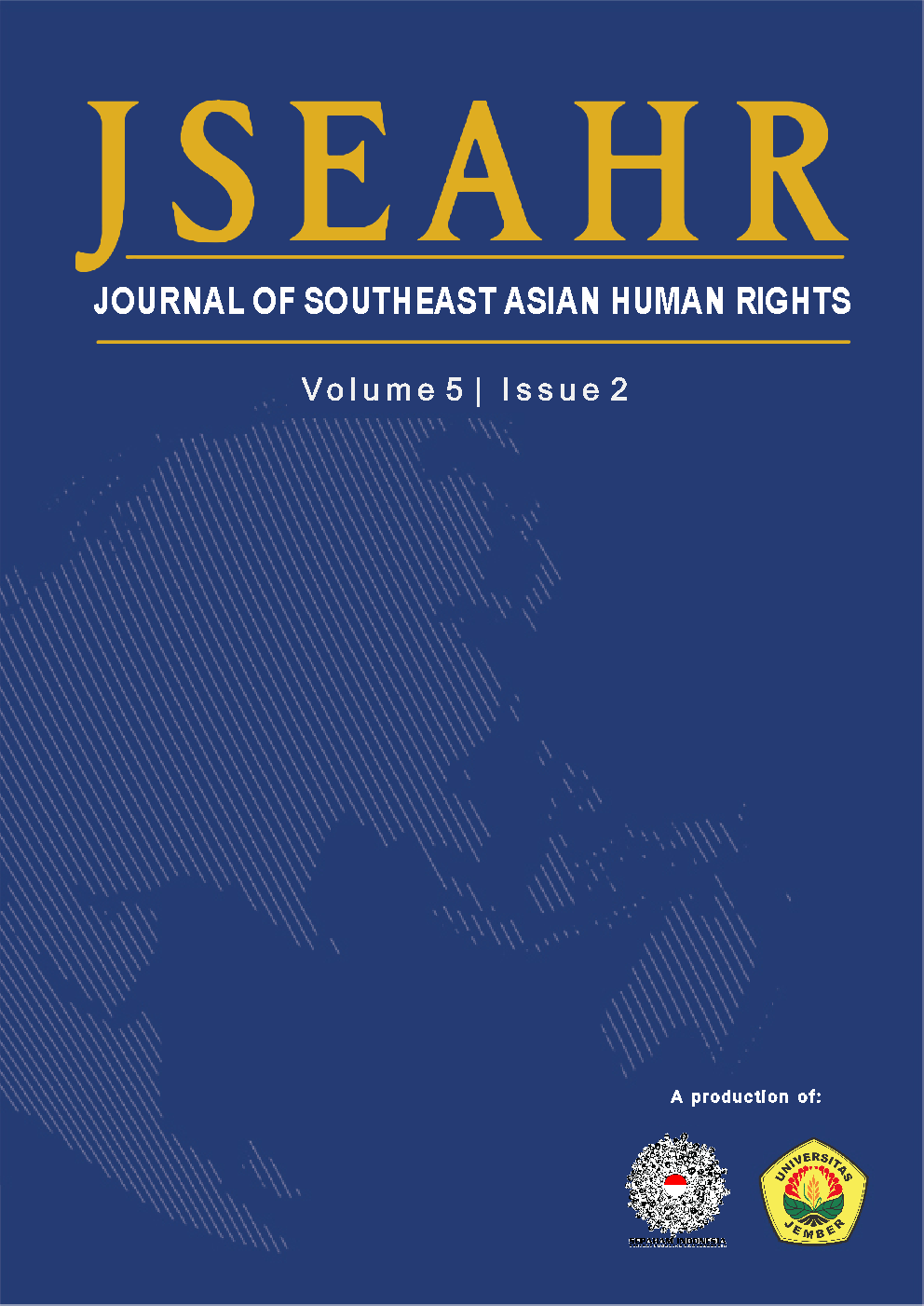Asia's (lack of) Response and Recovery Plans for the Forcibly Displaced
Abstract
The way Asian states have insufficiently and unsystematically dealt with the different types of refugee groups living within its borders has drawn much criticism. The people of concern are governed in a particularly lawless zone in the absence of binding international obligations, genuine regional cooperation and national laws. This paper first outlines the national frameworks or the informal procedures of each host country in Asia, to handle the forcibly displaced population. Much of the discussions, let alone actions are ad hoc in nature, that directs us to finding lasting solutions, beginning with adherence to international obligations. The contributions of the specialised agencies of the United Nations and the local NGOs have been instrumental and consistently required. Also, co-operation at the regional level will be effective in resolving the unique issues specifically faced by countries. However, formal national policies and legislations is bound to be the bedrock for administering each of these solutions, that too effectively. The contours of all the different refugee crises have been stretched further with the Covid-19 outbreak. Perhaps, even after Asia manages to eliminate the airborne threat, it can once and for all conclude the different refugee crises.

This work is licensed under a Creative Commons Attribution-NonCommercial 4.0 International License.







